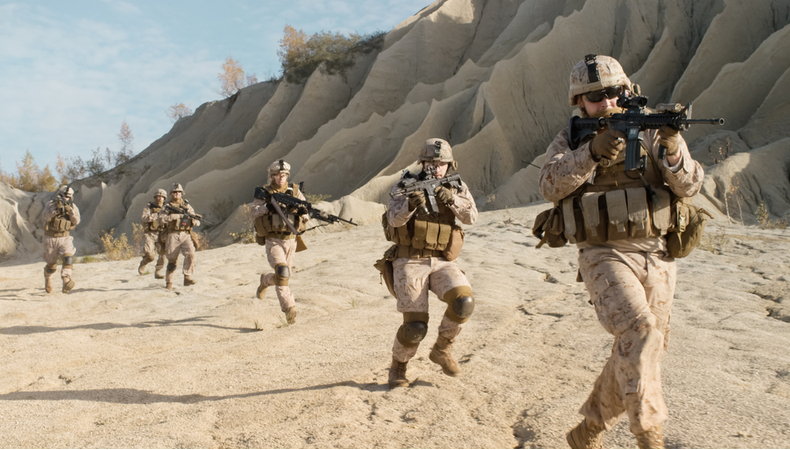After 18 years, the US ends the combat mission in Iraq

Eighteen years after setting foot in the region – indeed, “boots on the ground” – the United States is decreasing its presence in Iraq. Washington is ready to gradually withdraw, by the end of the year, a substantial part of the 2,500 men still in place. And, more importantly, to change the face of the mission, which will no longer be about combat but of training and support for the Iraqi armed forces.
“We will support democracy, ensure security and remain tied to the partnership with Iraqis by training their soldiers. But we will no longer have a fighting role in Iraq,” said President Joe Biden after accepting the request to this effect from Iraqi Prime Minister Mustafa al-Kadhimi, yesterday in Washington on the occasion of the fourth round of strategic dialogue on the region.
The Iraqi premier returned to the White House a year after the visit made to Donald Trump with the same request, again in the context of those “strategic dialogue” between the two countries that had started last summer. In other words, the meetings proposed by the US to mend relations with Iraqis after killing them at home with a drone – and in a moment of particular tension – the Iranian general Qassem Soleimani: a lot of trouble for al-Kadhimi, who took office a month earlier and pressed by the pro-Iranian forces on the one hand and by the threat of the Islamic State on the other.
At that time, the local Parliament approved a non-binding solution where the Americans were asked to leave the country: and, as early as September 2020, the United States had announced the drastic cut in troops, from 5,200 to 2,500. Three months after, the Iraqi parliamentary elections of October 10.
On the other hand, the premier, former journalist, and former director of the Iraqi National Intelligence Service grapples with an internal clash with the powerful pro-Iranian Shiite militias that have lasted for months and severe economic and health crises caused by the coronavirus. And so, he sees the removal of the Americans as an essential move: “There is no reason to host foreign combat forces on our soil. We have them,” he said, alluding to the more than 250,000 Iraqi and Kurdish security forces. The Americans trained them in recent years to counteract the ISIS offensive above all.
“But we need intelligence cooperation. And more help in training.” Because if it is true that the Islamic State is no longer able to wage a real war, it is still engaged in destabilizing attacks.America loses strategic military bases and leaves the field open to Iran. The retreat is also strategic for President Biden, eager to end that American presence in the Middle East region, which has now lasted for an entire generation and has cost 757.8 billion dollars, which both Barack Obama and Donald Trump had promised to end.
It was March 20, 2003, when the so-called “coalition of the willing” led by the United States and the United Kingdom stated that “preventive” war was justified by the accusation that Saddam Hussein had mass destruction weapons. Accuse that later resulted in being false. As many as 200,000 soldiers sent to Iraq by 21 states (87% American) invaded the country without formal authorization from the UN Security Council.
In 2014 and after nearly 5,000 American deaths, Obama attempted to parade the United States, announcing his withdrawal, despite the contrary opinion of his military advisers. The presence was drastically reduced from 142,000 to 50,000 units and then gradually decreased. But that hasty abandonment left the country fragile, at the mercy of the nascent Islamic State: so much so that in 2014 Washington was forced to re-establish a significant military presence. Now the mission isaccomplished.




